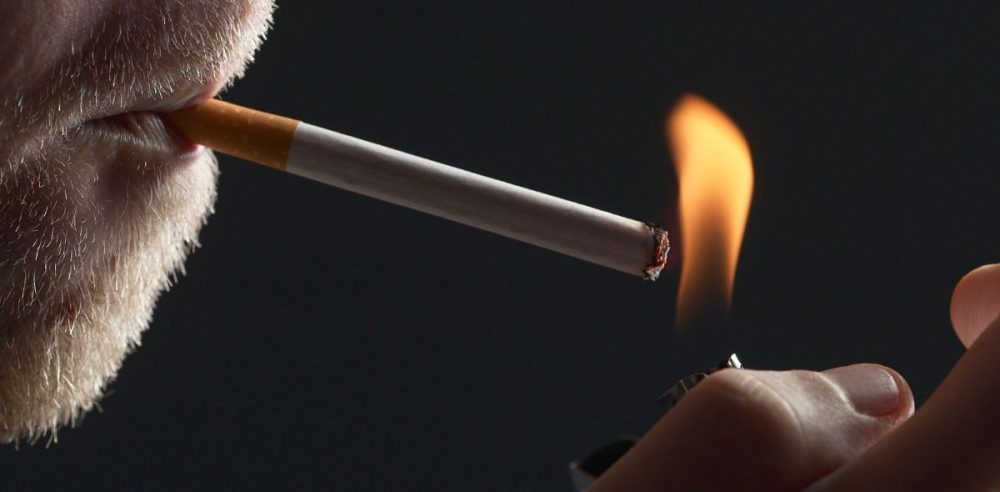The Food and Drug Administration (FDA) is advancing a proposal to limit nicotine levels in cigarettes and other combustible tobacco products, aiming to reduce their addictiveness and ease the process of quitting.
The rule, issued January 15, aligns with anti-smoking advocates who believe such a measure could dramatically curb smoking rates, reported NPR. Erika Sward of the American Lung Association emphasized that reducing nicotine to non-addictive levels could save lives, noting that nearly half a million Americans die each year from smoking-related illnesses. She added that such a change could deter youth from becoming habitual smokers.
The concept of limiting nicotine is not new. It dates back seven years to the first Trump administration, with the current proposed rule representing a significant step toward its realization. However, if finalized, it will require approval during a public comment period and eventual action from Donald Trump’s second administration.
By reducing nicotine levels, the FDA hopes to make cigarettes less appealing and accessible, particularly to young people often targeted by tobacco industry marketing and flavored products.
Critics argue that the rule could lead to unintended consequences. David Spross of the National Association of Tobacco Outlets predicts a surge in black-market activity, with unregulated products being smuggled across borders. He pointed to instances where state and local menthol bans have driven consumers to purchase such products illegally from neighboring regions.
Similarly, Reynolds American Inc. spokesperson Luis Pinto contended that lowering nicotine content would not enhance public health but would instead harm farmers and retailers while fueling illicit sales, per NPR. Pinto maintains that smoking rates are already at historic lows and sees no public health benefit in the proposed measure.
Despite the steady decline in smoking rates since the 1990s, disparities persist across certain demographics.
Smoking remains prevalent in rural areas, urban minority communities, and among people of color. Cleveland, for example, has adult smoking rates of 35%, far exceeding the national average of 11%. Dr. David Margolius, the city’s public health director, attributes this to aggressive tobacco advertising. He highlighted the devastating impact on public health, with Cleveland experiencing one of the nation’s highest lung cancer mortality rates and reduced life expectancy in some neighborhoods.
Proponents of the rule argue that reducing nicotine levels could alter these trends, leading to fewer smoking-related illnesses and deaths.
Erika Sward noted that capping nicotine could create a future where young people experimenting with cigarettes are less likely to develop lifelong addictions.
Public opinion on the rule appears divided.
Advocates envision a dramatic reduction in smoking-related deaths and a decline in youth smoking initiation, while critics warn of logistical and economic challenges. The debate highlights the tension between public health objectives and economic interests, with both sides presenting compelling arguments.
Whether the benefits of reducing nicotine levels outweigh the potential drawbacks remains a topic of heated discussion.


